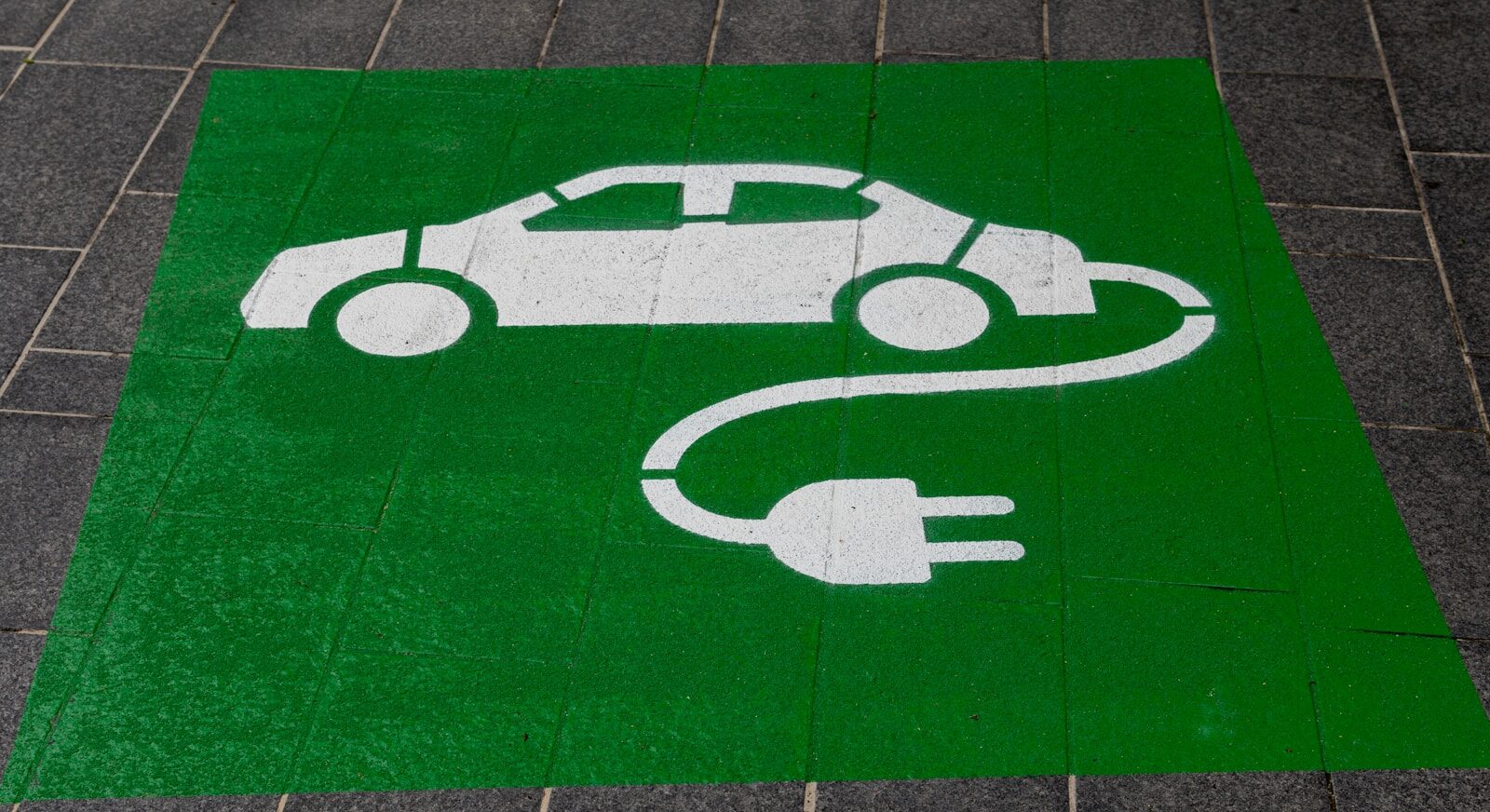As Canada races toward its ambitious electric vehicle (EV) goals, Prime Minister Mark Carney’s Liberal government is under growing scrutiny. With the first enforcement year looming in 2026, critics say the roadmap—requiring 20 % of new vehicles to be electric or hybrid—is fast colliding with reality. Here’s why this issue matters, who’s affected, and what could come next.
Beginning in 2026, the government will require automakers to ensure at least 20 % of new passenger vehicle sales are electric or hybrid. This target then climbs to 60 % by 2030, leading to a 100 % zero-emission mandate by 2035—a sweeping plan aimed at slashing transportation emissions, currently among Canada’s largest pollution sources. politico.com
Why the Pressure Is Intensifying
1. Slumping EV Sales
Statistics Canada recently revealed a 45 % drop in new zero-emission vehicle (ZEV) sales in March 2025, bringing market share down to approximately 7 %—far below the 20 % required next year. unpublished.ca
2. Automotive Industry Under Stress
Canada’s auto sector, reeling from ongoing U.S. tariffs on steel, aluminum, auto parts, and vehicles, now faces the added burden of meeting EV mandates . Rick Kingston of the Canadian Vehicle Manufacturers’ Association (CVMA) has warned that added costs could “make the case for Canada” production difficult.
3. Consumer Hesitancy
The federal ZEV rebate program ended earlier this year, and interest has cooled. While 45 % of Canadians say they’d consider an EV next, a near-equal number remain unconvinced . In March, focus groups voiced concerns about charging infrastructure, cold-weather performance, and battery fires.
The Stakes: Climate, Industry, and Consumers
Climate Targets at Risk
Canada aims to reduce greenhouse gas emissions dramatically. Transportation makes up a significant chunk, and EV uptake is pivotal to meeting the 2030–2035 decarbonization deadlines.
The Industry Balancing Act
Automakers now face a high-stakes dilemma: invest heavily in EV production and charging infrastructure in Canada or risk missing targets—leading to hefty credit purchases or penalty fees.
Consumer Impact
Lack of incentives and sparse urban chargers may deter potential buyers. Younger Canadians in condos and apartments, in particular, are finding EV ownership impractical—a challenge acknowledged by Clean Energy Canada .
Diverse Voices on the Mandate
- Automotive Parts Manufacturers’ Association president Flavio Volpe conveyed the industry’s stance: “This is a time for reality,” warning that “the math… is punishing for companies manufacturing in Canada”.
- EV champions like Joanna Kyriazis of Clean Energy Canada stress built-in “flexibility” and urge reinstituting a $5,000 rebate, along with infrastructure policies like mandatory EV hookups in new multi-unit residences.
- Opposition Conservatives, meanwhile, claim the mandate strips consumers of choice.
What Comes Next?
Negotiation Over Adjustment
Officials hint at possible tweaks to the mandate—perhaps easing the 2026 target or broadening credit options. Consensus suggests some form of compromise is emerging unpublished.ca.
Return of Rebates
A spokesperson for Environment Minister Julie Dabrusin stated that the government “would look at ways to reintroduce a purchase incentive” to catalyze consumer demand unpublished.ca.
Strategic Infrastructure Push
A pan-Canadian investment in chargers—especially outside B.C. and Quebec—is being eyed as a backbone to boost adoption. However, provinces such as British Columbia are already reconsidering their ambitious EV targets .
Quick Facts at a Glance
| Key Data | Figures |
|---|---|
| EV Sales in March 2025 | ~7 % of total new passenger vehicles |
| Year-over-Year EV Decline | 45 % drop |
| EV Sales Mandates | 20 % (2026), 60 % (2030), 100 % (2035) |
| Public Polling | 45 % support mandate, 39 % oppose, 16 % unsure |
Narrative Snapshot: An EV Buyer’s Dilemma
Meet Sophie, a Toronto millennial living downtown. She can’t afford the “new $5,000 rebate,” and without reliable access to a charger in her condo, going electric feels out of reach. Despite her environmental values, Sophie delays her vehicle purchase—showing how policy misalignment can create a silent EV slowdown.
Takeaways for Canada
- Flexibility is vital: Adjusting timelines or creating a tiered mandate can help align targets with actual capacity.
- Demand must be re-energized: Rebates, consumer education on EV capabilities, and improved infrastructure can turn hesitancy into participation.
- Industry support ensures RESILIENCE: Automakers need tariff relief, production incentives, and a balanced regulatory environment to stay in Canada.
- A strategic, coordinated push between federal and provincial governments is essential to build charging infrastructure, especially in dense urban and rural areas.
Canada stands at a pivotal EV crossroads. The 2026 threshold isn’t just a number—it represents a test of national vision. Carney’s government must navigate real-world challenges: plunging sales, a struggling auto industry, and wary consumers. A thoughtful recalibration—rooted in incentives, infrastructure, and dialogue with stakeholders—could turn this pressure into momentum. But failure to adjust risks derailing Canada’s decarbonization pathway.



